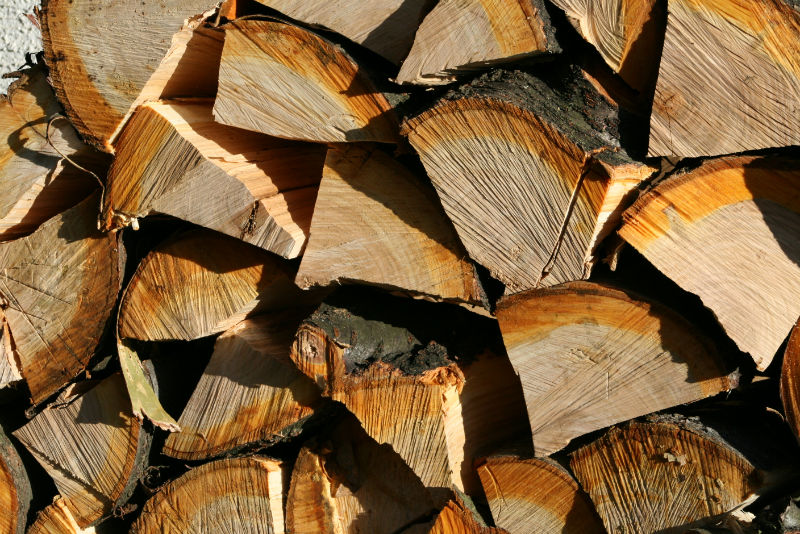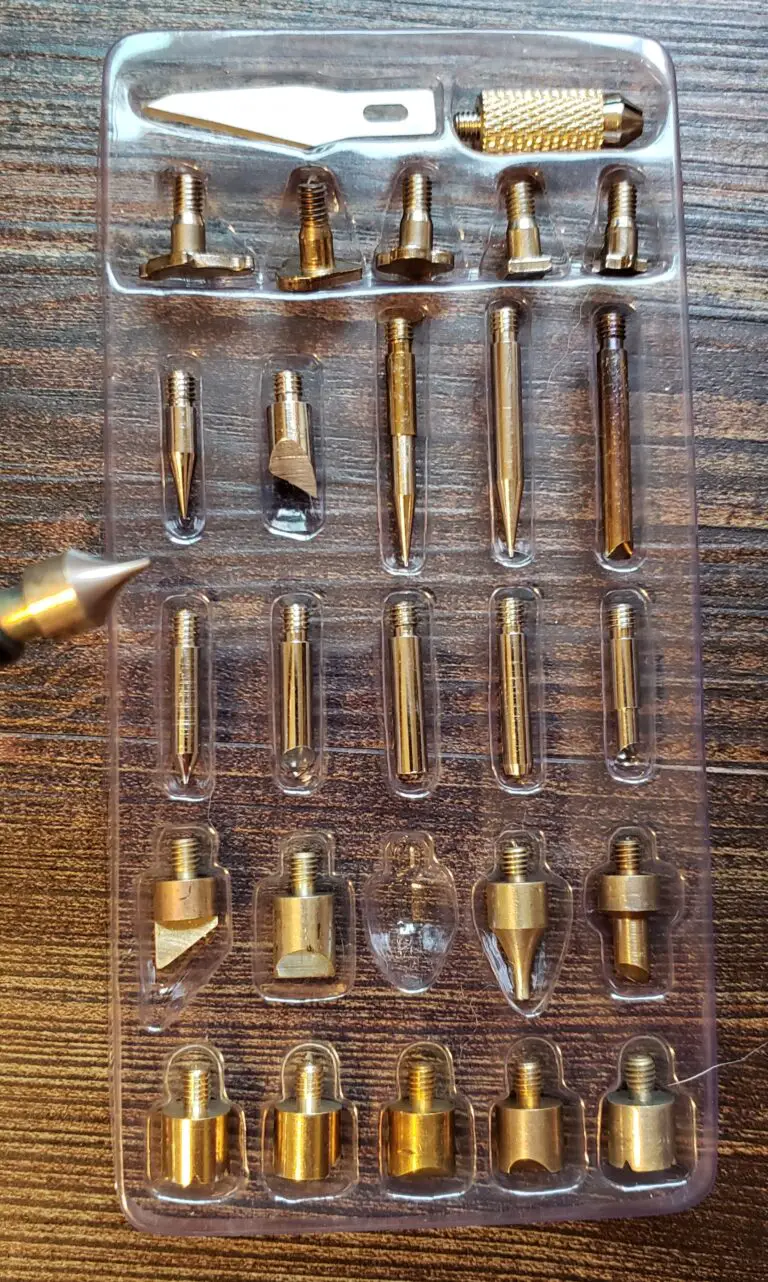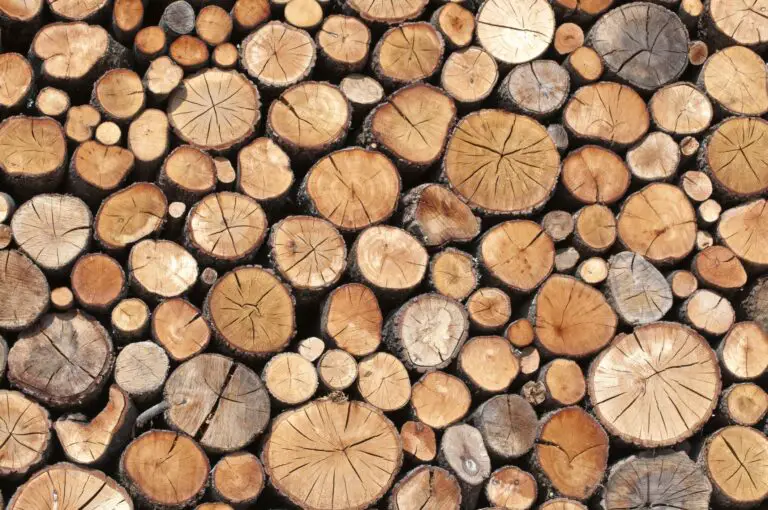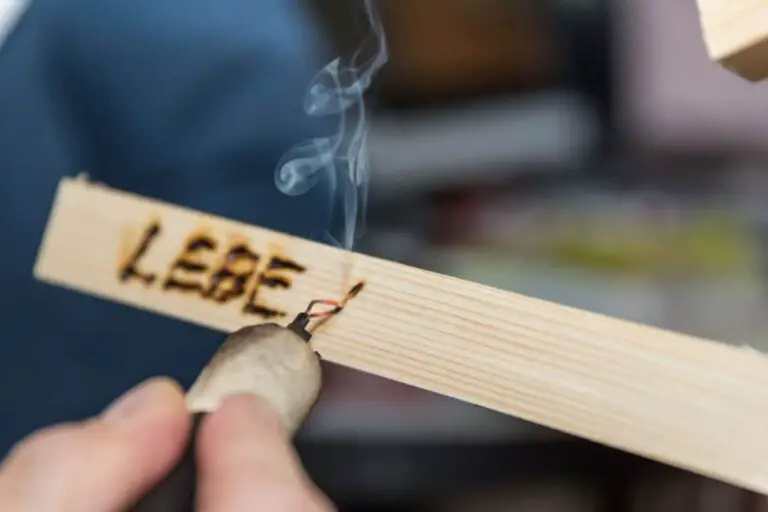Difference between Seasoned And Unseasoned Wood
When it comes to wood, there is a big difference between seasoned and unseasoned wood. Seasoned wood is wood that has been left to dry out for a period of time, typically six months to one year. This process allows the water inside the wood to evaporate, making the wood more stable and less likely to warp or crack.
Unseasoned wood, on the other hand, has not been left to dry and still contains a high moisture content. This makes it much more susceptible to warping and cracking.
Wood that has been left to dry for a while is considered seasoned. Seasoned wood has a lower moisture content, which makes it ideal for burning in your fireplace or wood stove. Unseasoned wood, on the other hand, has a higher moisture content and is not as good for burning.
It’s important to make sure you’re using the right type of wood for your needs so that you can get the most out of your fire.
How Long Does It Take to Season Wood
Wood seasoning is a process of slowly drying out wet wood to prepare it for use. Seasoning wood helps to prevent cracking, warping, and other issues that can occur when using wet wood. The length of time it takes to season wood depends on the thickness of the lumber and the type of wood being used.
Softwoods such as pine and spruce can be seasoned in as little as six weeks, while hardwoods like oak and maple may take up to six months.
Once the lumber has been cut to its desired thickness, the next step is to remove any moisture from the surface of the boards. This can be done by air-drying or kiln-drying the lumber.
Air-drying is the simpler and cheaper method, but it takes longer since boards must be left outdoors in a well-ventilated area for several weeks or even months. Kiln-drying speeds up the process by using heat to evaporate moisture from the lumber, but this method is more expensive and requires specialized equipment.
After surface moisture has been removed, it’s time to begin seasoning the lumber by slowly drying it out over several weeks or months.
This can be done indoors or outdoors, but regardless of where you choose to do it, make sure there’s plenty of airflow around the boards so they don’t develop mold or mildew during this process. One way to ensure good airflow is to stack the lumber on racks with spacers between each board so they’re not touching one another. If you’re doing this outdoors, cover your stack with a tarp or plastic sheeting to protect it from rain or snowfall.
The key to successful seasoning is patience; don’t try rushing things by throwing your newly cut lumber directly onto a fire! Seasoning should be done gradually so thatthe internal moisture content of each board has time equalize withthe surrounding air before shrinking begins . Depending on how thick your lumber is ,this could take anywhere from several weeks tomultiple months .
Once yourwoodis fully seasoned ,it willbe significantly lighter in weight than whenit was first cut due tot he lossof water content ,andit will also havea more consistent coloration .

Credit: blessyourhearth.com
How Can You Tell the Difference between Unseasoned And Seasoned Wood?
There are a few key ways to tell the difference between unseasoned and seasoned wood. The first is by checking the moisture content of the wood. Seasoned wood will have a moisture content of around 20%, while unseasoned wood can have a moisture content of up to 30%.
Another way to tell the difference is by looking at the color of the wood. Seasoned wood will typically be darker than unseasoned wood, due to the process of evaporation that happens as it dries out. Finally, you can also usually tell by feel.
Seasoned wood will be much harder than unseasoned wood, since all of the water has been removed from it.
What Happens If You Burn Unseasoned Wood?
It’s no secret that burning unseasoned wood is not ideal. Not only does it produce more smoke and creosote, but it also doesn’t give off as much heat as seasoned wood. So what exactly happens when you burn unseasoned wood?
The first thing that happens is that the water inside the wood begins to evaporate. As the water evaporates, it produces steam which escapes through the cracks in the wood. This steam carries with it some of the chemicals from inside the wood, which can lead to increased levels of air pollution.
The second thing that happens is that the temperature inside the fire increases. This increase in temperature causes the cellulose and lignin in the wood to break down, which produces gases like carbon dioxide and water vapor. These gases are released into the atmosphere along with any remaining particulates from the combustion process.
So overall, burning unseasoned wood is not great for your fireplace or for the environment. If you do choose to burn unseasoned wood, be sure to do so responsibly and only in well-ventilated areas.
How Long Does It Take for Wood to Be Considered Seasoned?
It typically takes wood one to two years to be considered seasoned. The time it takes for wood to season depends on the type of tree, how the tree was cut, and how the lumber is stored.
Some types of wood, like cedar and redwood, are naturally resistant to rot and insect damage and don’t need to be seasoned.
Other woods, like oak and maple, are more susceptible to these problems and need to be dried before use.
The way a tree is cut also affects the seasoning process. If a tree is cut down in winter, the sapwood will be full of water.
This water needs to evaporate before the wood can be used, which can take up to two years. If a tree is cut in summer, when the sapwood is dryer, it will only take six months to a year for the lumber to season.
Finally, how the lumber is stored also contributes to how long it takes for wood to season.
If lumber is stacked tightly together or if it’s exposed to too much sun or wind, it will take longer for the water inside of it to evaporate. Seasoned lumber should be stored in a cool, dark place with good air circulation so that it doesn’t reabsorb moisture from the air around it.
How Can You Tell If Wood is Green Or Seasoned?
When it comes to firewood, there are two main types: green wood and seasoned wood. Green wood is freshly cut and has a high moisture content, while seasoned wood is dry and has been properly stored to allow for evaporation. So how can you tell the difference?
The most obvious way to tell if wood is green or seasoned is by its color. Freshly cut wood will be a lighter shade than aged, dried out wood. Seasoned firewood will also have cracks in the ends of the logs, called “checking.”
This happens as the water inside the log evaporates and causes the log to split.
Another way to tell if your firewood is green or seasoned is by testing it with a moisture meter. Seasoned firewood should have a moisture content of 20% or less, while green wood will have a moisture content of 30% or higher.
To use a moisture meter, simply insert the probes into the end of a log and wait for the reading. If the number is 20% or less, your wood is ready to burn!
So there you have it – two easy ways to tell if your firewood is green or seasoned.
Be sure to always buy from a reputable source and never burn wet or unseasoned wood in your fireplace or stove, as this can cause dangerous creosote buildup in your chimney.
What's the difference between seasoned and unseasoned wood?
Conclusion
If you’re planning on starting a campfire, you’ll need to choose between seasoned and unseasoned wood. Seasoned wood is dry, while unseasoned wood is still wet. Wet wood is harder to light and produces more smoke than dry wood.
It’s also important to note that unseasoned wood will eventually rot, so it’s best to use it as soon as possible. If you have the time, seasoning your own wood is easy to do and only requires patience.






